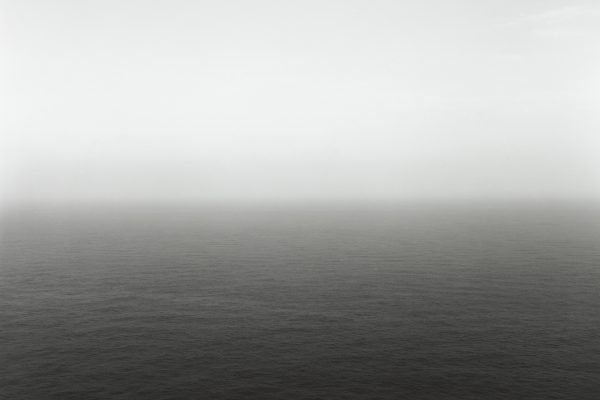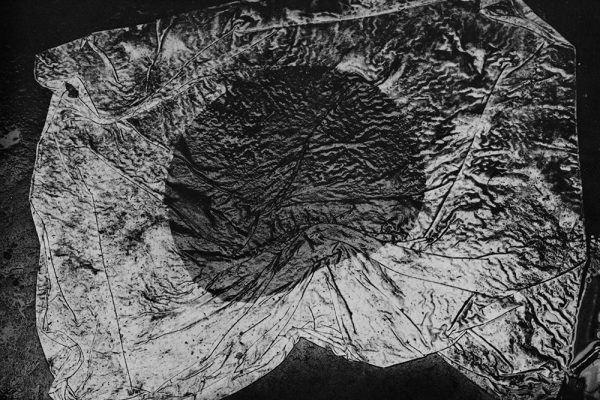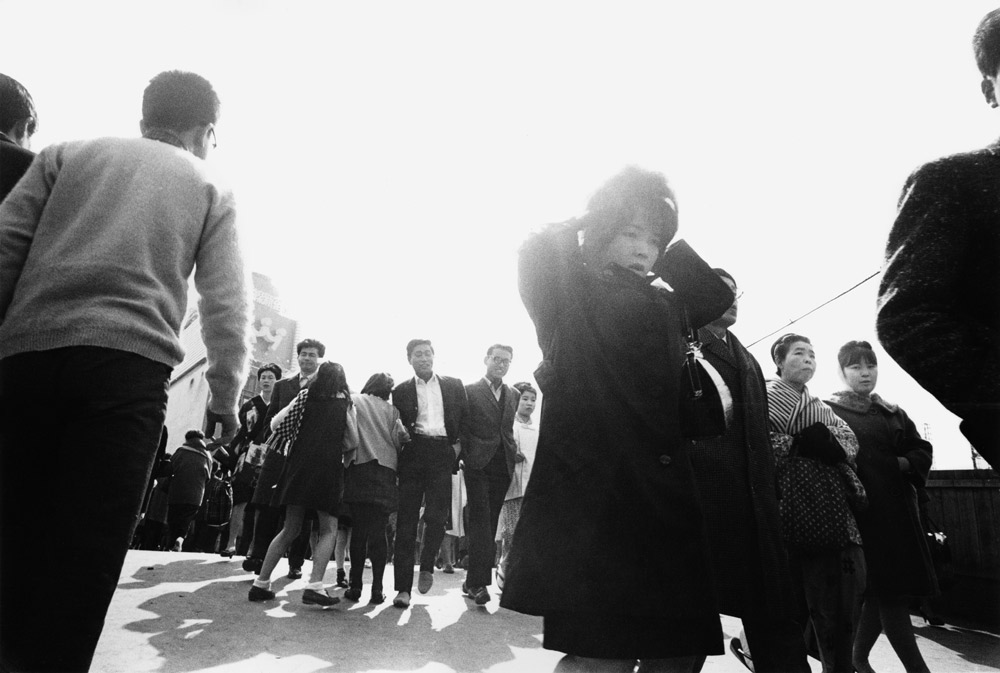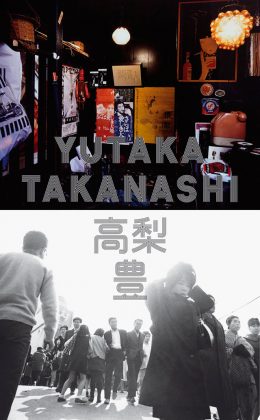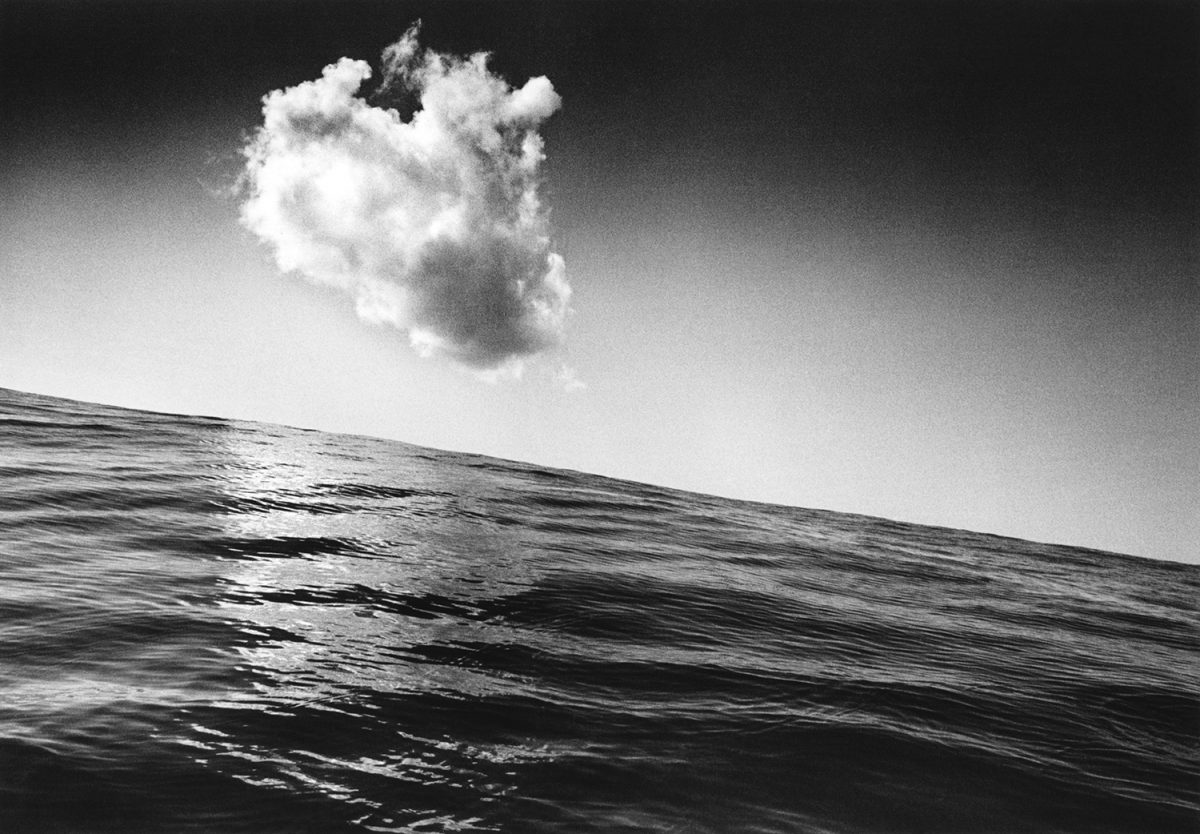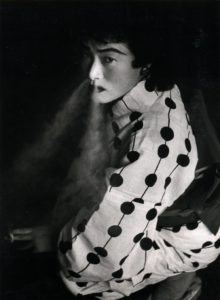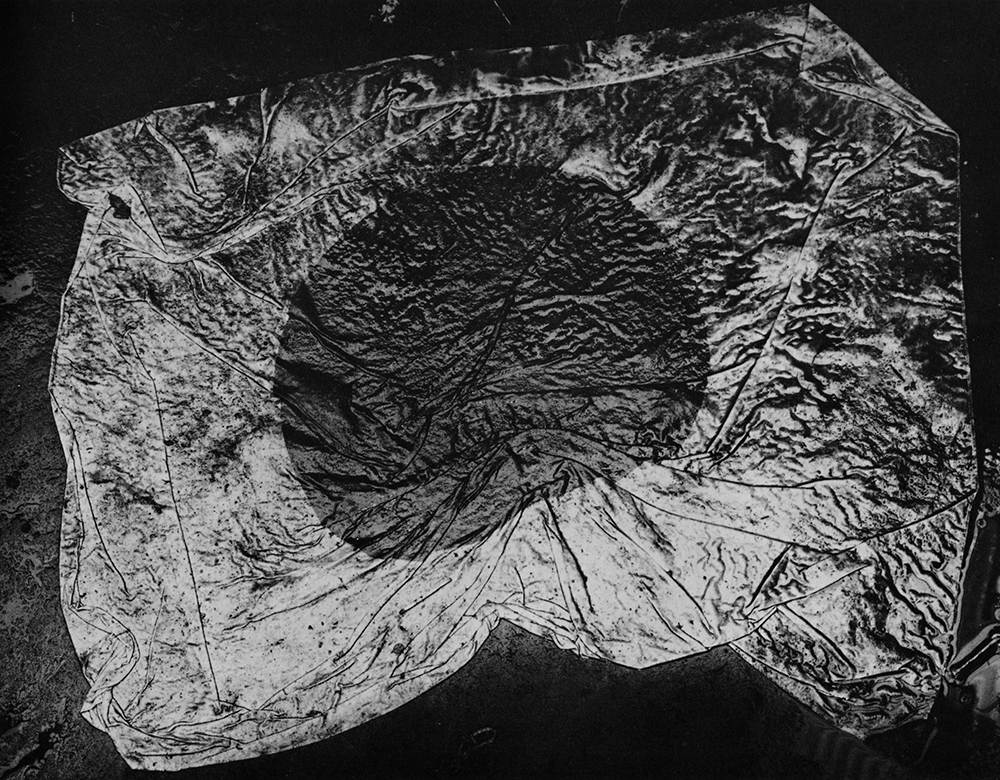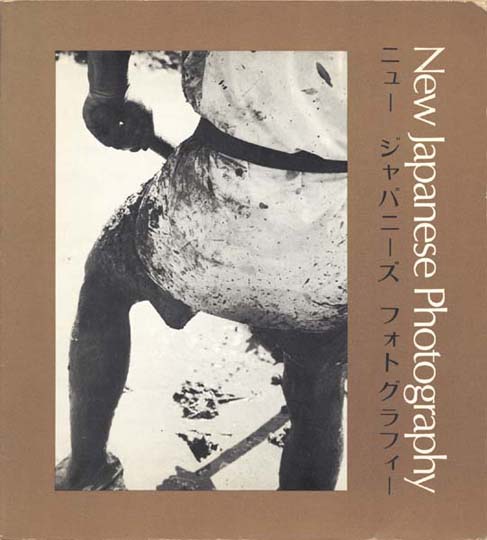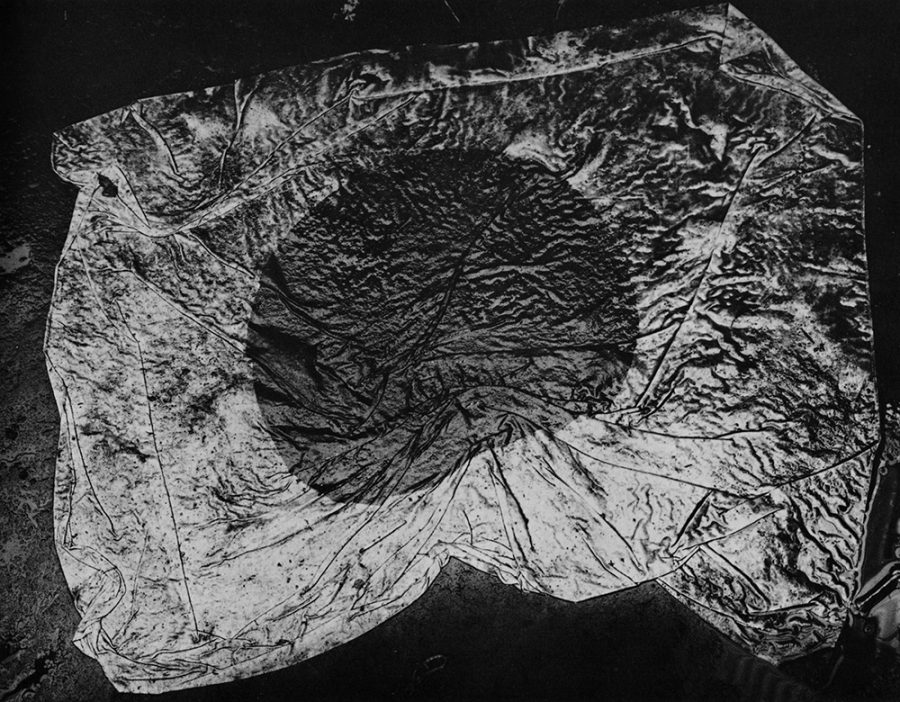In the past years I have been involved in introducing the photographic work of Yutaka Takanashi to the West. In 2009 I wrote an essay on Yutaka Takanashi:”Takanashi’s Magnetic Storm” for the first Western monograph on the artist: “Yutaka Takanashi. Photography 1965-74?.
In 2012 the Fondation Henri Cartier-Bresson held the first Yutaka Takanashi museum exhibition outside Japan. On this occasion I contributed an essay “Towards the City” to the catalogue to the show.[1]Essay: “Towards the City” [French/English]. in: Yutaka Takanashi, published by Éditorial RM, Mexico City and Toluca Éditions, Paris. Published on occasion of the exhibition … Continue reading In this text I wrote about Takanashi’s series Toshi-e as well as about his subsequent series Machi (Town) and the (unpublished) series on bars in Shinjuku, Tokyo.
And since Yutaka Takanashi was the co-founder of the legendary Provoke group I added a short history of the Provoke era.[2]A detailed description of the history of the Provoke era isn’t available outside Japan yet…
Tokyo
The metropolis of Tokyo is the central theme of 20th century Japanese photography – from the artistic elevation of the city in pictorial images in the early days of the century to the dynamic representation of architecture and urban life based on the “new photography” (a literal translation of the Japanese “shinko shashin”) to the photographic documentation of destruction and reconstruction in the post-war period. In all of its facets, the city of Tokyo reflects the radical change that Japan underwent on its way to becoming an industrial society; it is a breeding ground for social change that also symbolises the collision of tradition and modernity.
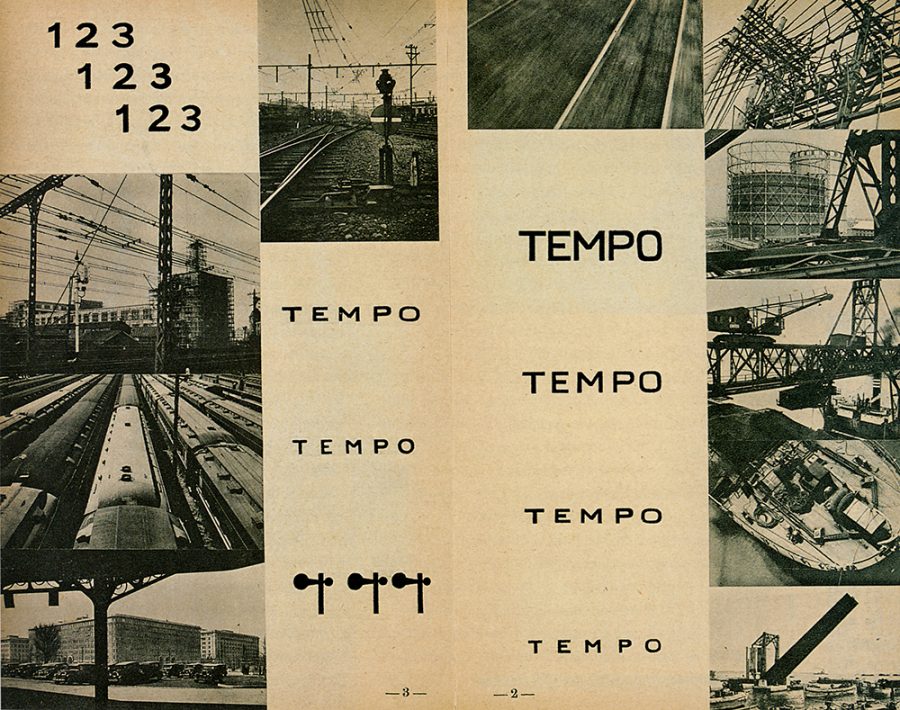
Masao Horino: The Character of Greater Tokyo. Art Direction: Takao Itagaki, Chuokoron magazine, Chuokoron-sha October, 1931
References
| ↑1 | Essay: “Towards the City” [French/English]. in: Yutaka Takanashi, published by Éditorial RM, Mexico City and Toluca Éditions, Paris. Published on occasion of the exhibition Yutaka Takanashi, Fondation Henri Cartier-Bresson, Paris, May 10 – July 29, 2012 |
|---|---|
| ↑2 | A detailed description of the history of the Provoke era isn’t available outside Japan yet… |

